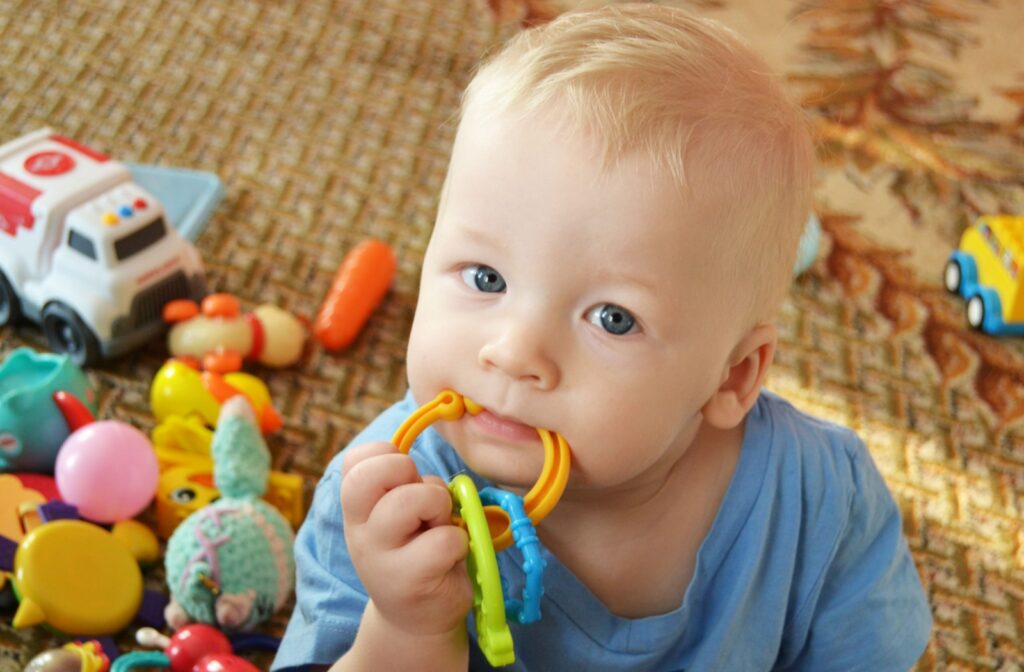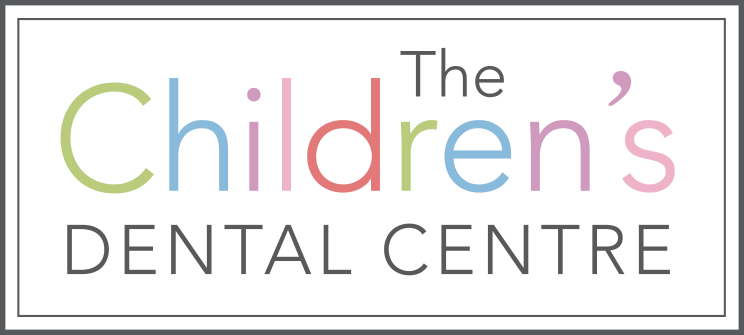
Understanding the development of baby teeth and when they should come in is essential for parents and caregivers. Baby teeth play a crucial role in helping children chew, speak, and smile confidently, and they also act as placeholders for permanent teeth.
The order in which baby teeth come in can vary from child to child, but the order often follows a sequence that begins with incisors around 6 months and finishes with molars closer to 3 years old. Knowing the order in which these teeth appear, you can better care for your child’s oral health and address any concerns during this critical growth stage.
What Are Baby Teeth & Why Do They Matter?
Baby teeth, also known as primary teeth, are the first set of teeth a child develops. While they are temporary, they serve several critical purposes.
Speech Development
Baby teeth help children form words and sounds as they learn to talk. Misaligned or missing teeth may impact pronunciation and language development.
Eating
Chewing most food requires teeth. Baby teeth allow a child to learn how to break food down and eat safely.
Guidance for Adult Teeth
Baby teeth act as guides for permanent teeth, which start coming in around 6 or 7. The baby teeth help the permanent teeth grow into the right spot, so the premature loss of baby teeth can lead to spacing issues or misalignment in adult teeth.
Understanding the Stages of Baby Teeth Development
Baby teeth do not just appear overnight—they typically follow a predictable timeline in three stages.
Primary Teeth Eruption
This stage begins when the first baby tooth pushes through the gums. Teething can begin as early as 3 to 4 months, but some children don’t start until 12 months. Your child’s mouth should have 20 primary teeth by the time they are around 3 years old.
Mixed Dentition
Between the ages of 6 and 12, children enter the mixed dentition stage, during which they have primary and permanent teeth. This is when baby teeth start shedding to make room for adult teeth.
Shedding of Primary Teeth
All baby teeth are usually lost by around the age of 12. The dental development process is complete when your child’s permanent teeth replace their baby teeth.

The Order Baby Teeth Erupt
While every child is unique, baby teeth typically erupt in a specific order. This sequence follows a natural progression designed to support chewing, speech, and oral health as a child grows. The typical order for teeth coming in is:
- lower central incisors (bottom front teeth): appear between 6 to 10 months—these are often the first teeth to erupt
- upper central incisors (top front teeth): appear between 7 to 12 months
- upper lateral incisors (next to top front teeth): appear between 9 to 13 months
- lower lateral incisors (next to bottom front teeth): appear between 7 to 16 months
- upper first molars: appear between 13 to 19 months—these are larger teeth that help with grinding food
- lower first molars: appear between 12 to 18 months
- upper canines (or cuspids): appear between 16 to 23 months
- lower canines (or cuspids): appear between 16 to 23 months
- lower second molars: appear between 20 to 31 months
- upper second molars: appear between 25 to 33 months
What Paediatric Dentists Recommend
While family dentists handle general dental care for individuals of all ages, paediatric specialists focus specifically on children’s dental health, starting as early as infancy.
Here is what paediatric dentists recommend to ensure optimal oral health for your child:
Schedule an Early Visit
Paediatric dental care should begin by your child’s first birthday or when their first tooth appears (whichever comes first), then they recommend follow-up visits every 6 months. Early assessment helps spot potential issues and sets the stage for healthy habits.
Establish Routine
From the moment the first tooth emerges, gently clean your baby’s teeth and gums using a soft, damp cloth or an infant toothbrush. This creates a routine that your child can adopt as they age.
Monitor for Concerns
Watch for potential issues such as delayed tooth eruption, discoloration, or signs of discomfort during teething. You can deal with some things at home, but knowing when to see your child’s dentist is essential.
Use Fluoride Toothpaste
Once your child is able to spit, ask your paediatric dentist if you should introduce a child-friendly fluoride toothpaste. Fluoride strengthens teeth and prevents cavities.
How Can I Soothe Teething Discomfort?
No one likes to see their child experience pain or discomfort. Some things you can do to soothe discomfort during the teething process include:
- cold teething rings
- gentle gum massages
- paediatric-approved teething gels—avoid over-the-counter anaesthetic gels without explicit instructions from your child’s dentist
A Healthy Start for Lifelong Smiles
Understanding the order in which baby teeth erupt is more than just a fascinating aspect of childhood development—it is a critical aspect of tracking how your child’s oral health is doing. By recognizing the role of baby teeth, prioritizing paediatric dental care, and establishing healthy habits early on, you can create a strong foundation for their permanent teeth.If you have questions about your child’s dental development or want expert guidance on early oral health, schedule an appointment with our knowledgeable and caring team at The Children’s Dental Centre. Your child’s smile deserves the best care right from the start.

